The season decides the wardrobe
Spaniards are slaves to the seasons and even if the temperature is relatively warm, they’ll be dressing for winter until at least the end of February. That means hats, scarves, and – if you’re a woman of a certain age – a huge fur coat. Don’t worry, you won’t get any weird looks if you dress for Antarctica and it’s 10 C outdoors.
READ ALSO: Where are the coldest places in Spain?

Dunk a churro in some chocolate
Hot mulled wine isn’t very popular across Spain, but a treat that you’ll easily be able to tuck into during winter is chocolate con churros. It’s the perfect snack on a cold winter’s day as the chocolate is piping hot, but there are also plenty of hearty main courses to keep you warm before satisfying your sweet tooth, from cocido madrileño to chorizo a la sidra.
Oh, and if you’re a tourist in Spain during winter, don’t order sangría or the more Spanish equivalent tinto de verano. “Summer wine” is – as the name suggests – a tipple reserved for the warmer months.

Seek the sun
Much of Spain (with the main exception being the rainy north) has a large number of days during winter where the skies are completely clear, even if it’s still bitter cold. The sun’s rays can make a huge difference in keeping you warm, so it’s common to see elderly friends gather together on the bench in the local square where the sun is shining, or for young people to sit down at the bar terrace where they can get their dose of energising vitamin D.
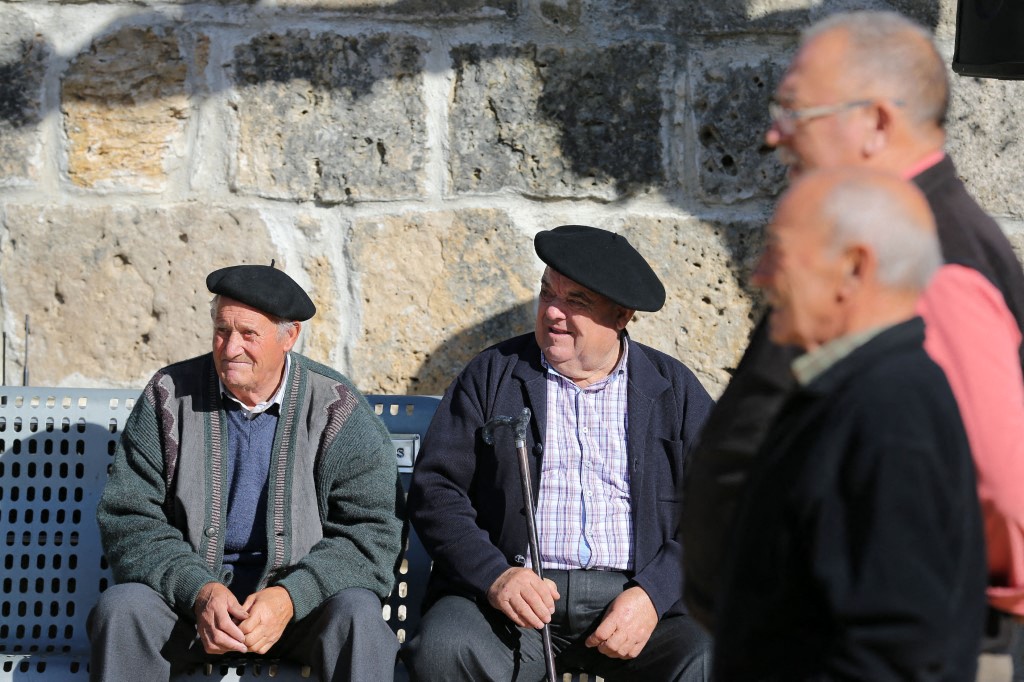
Head to the slopes
If you are lucky enough to live near the Pyrenees, Sierra Nevada or one of the smaller mountain regions, or you’re willing to travel there, skiing or snowboarding is a fantastic pastime for the winter months that many Spaniards indulge in. Lift tickets, rental and accommodation prices are for most part cheaper than in France, Italy, Switzerland or other Western European countries.
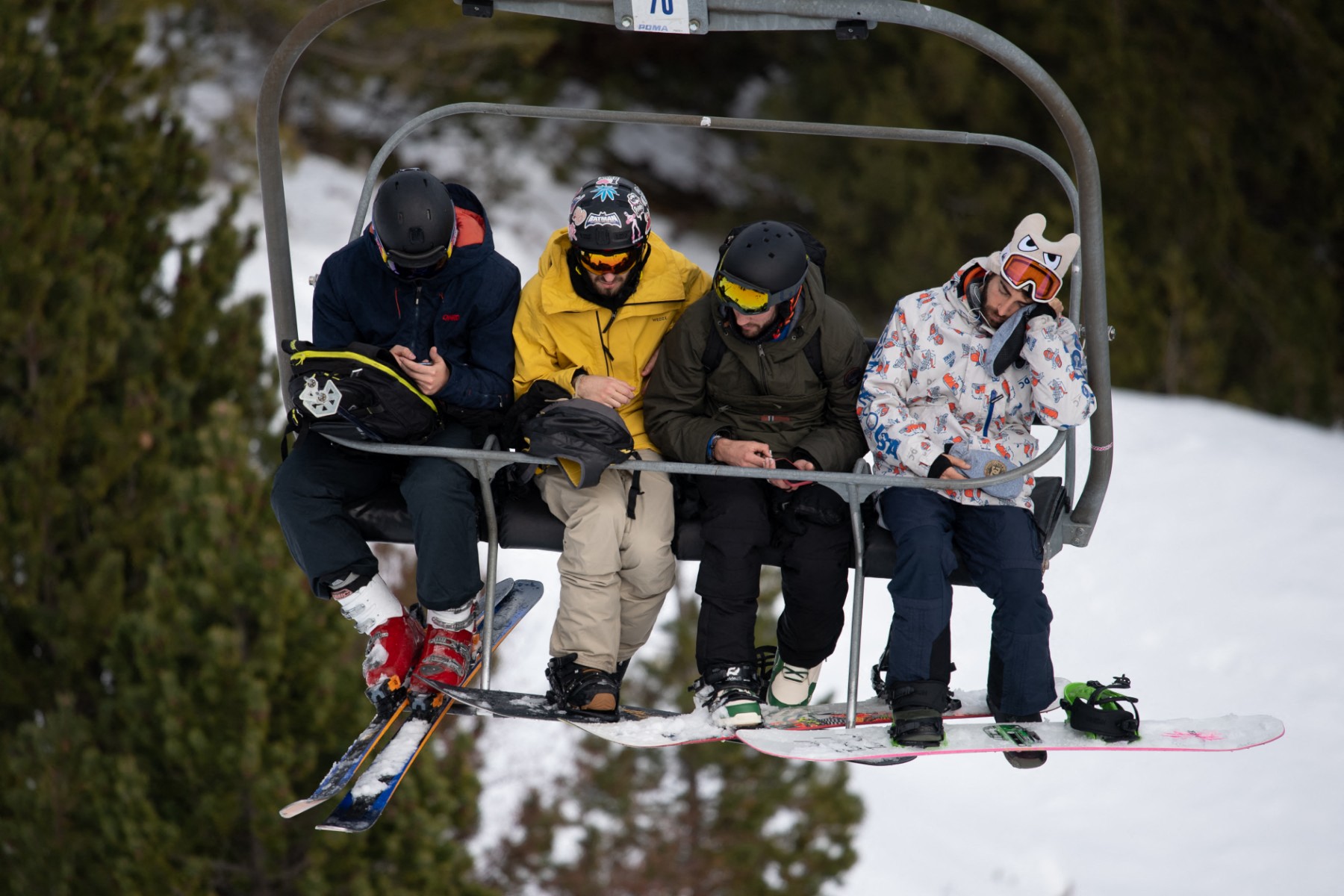
Don’t go out if it’s raining
It rains so seldom in central and southern Spain that it isn’t uncommon for some Spaniards to cancel plans at the first sign of precipitation. This isn’t the case in northern Spain and in particular Galicia, where there are more than 50 words for rain, but elsewhere don’t be surprised if la lluvia is treated as a serious weather phenomenon.
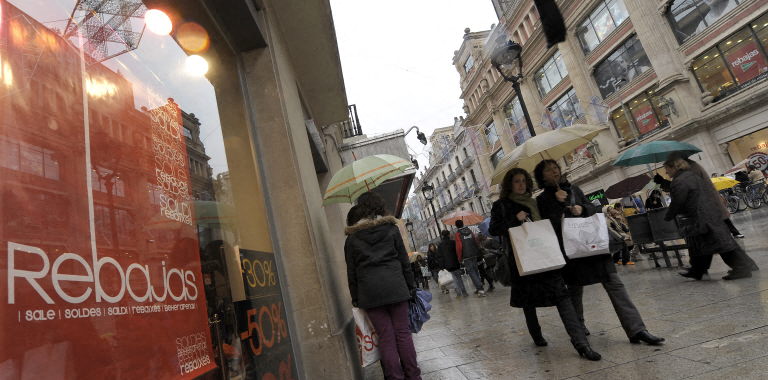
Keep warmly dressed indoors
It comes as a shock to many foreigners that, not only are many areas of Spain absolutely freezing during winter, often it’s even colder indoors than out! Many Spanish homes lack proper insulation, apartment blocks are draughty and central heating isn’t that widespread. You can get yourself a radiator or heater on wheels but the best bet is probably going to be to keep wrapped up warm at home.
READ MORE: Why are Spanish homes so cold?
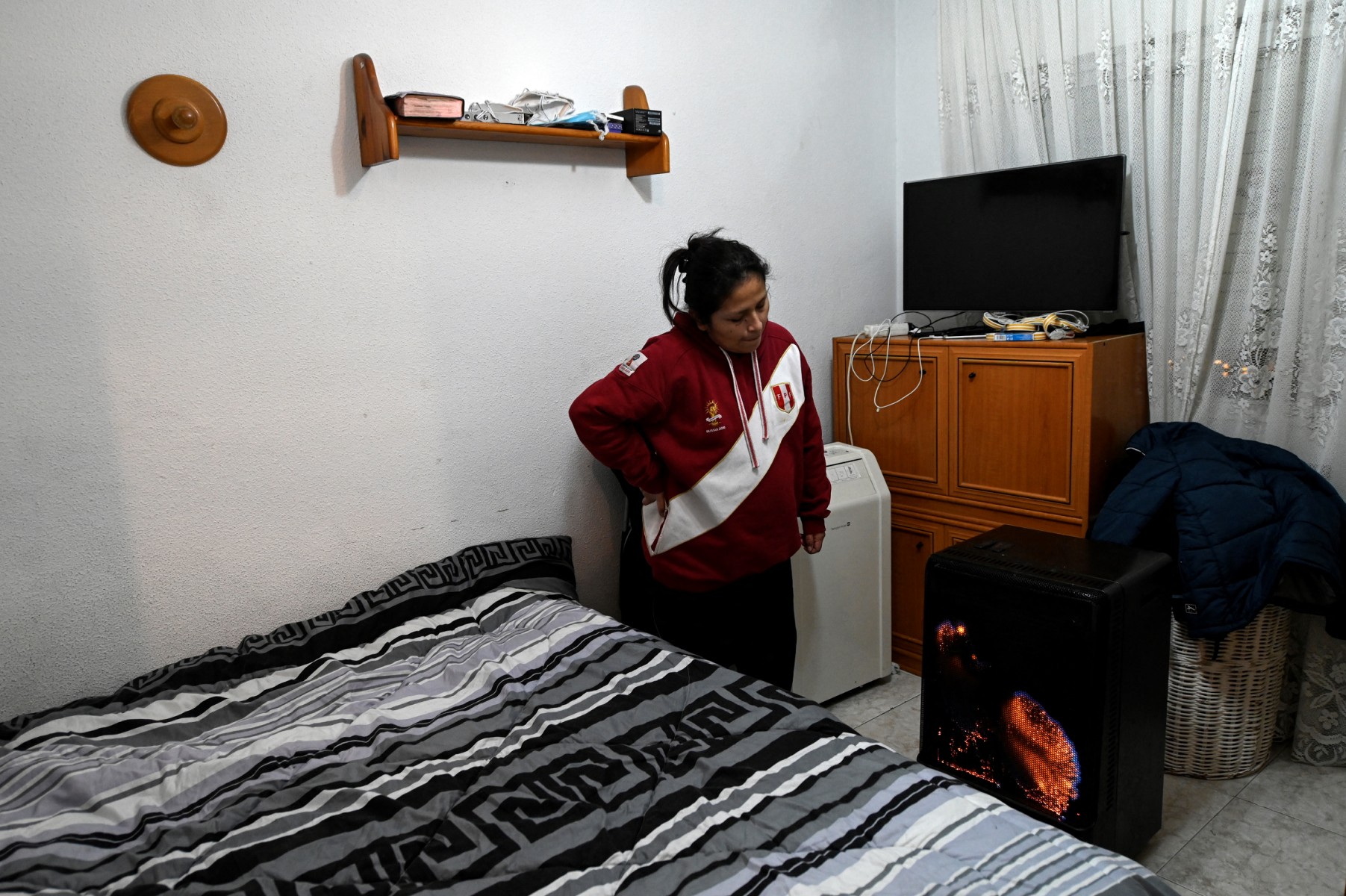
They’re doing something right
A study published in 2023 by Spain’s National Research Council (CSIC) found that Spaniards have learnt to adapt to extreme temperatures – both hot and cold – at a fast and successful rate over the past decades, reducing its cold weather-related mortality rate by three times in 20 years.
Sure, there are nations with a much better idea of how to deal with sub-zero temperatures, but follow the above steps and you’ll be able to survive the Spanish winter and perhaps even appreciate it, especially when remembering just how sweltering the weather was for much of 2023.

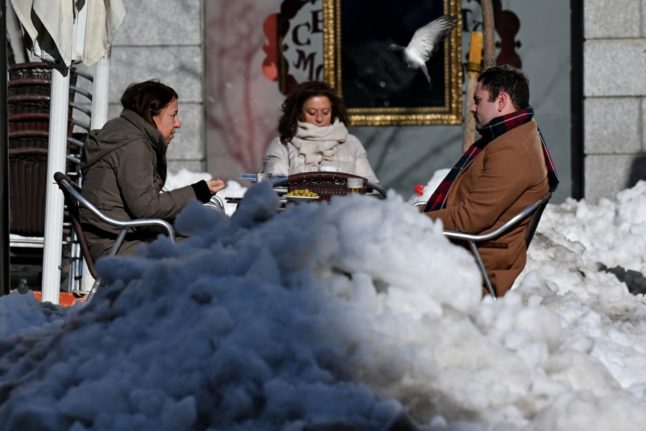
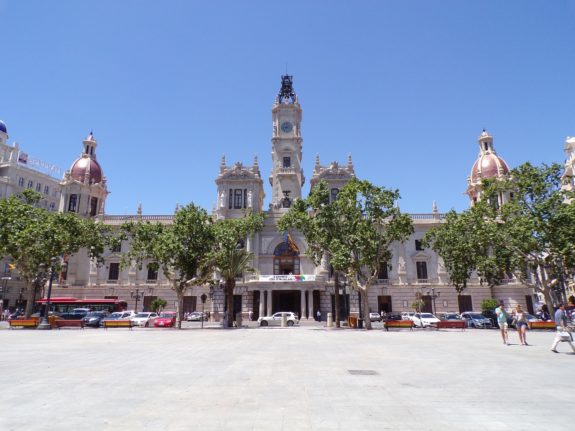
 Please whitelist us to continue reading.
Please whitelist us to continue reading.
Member comments